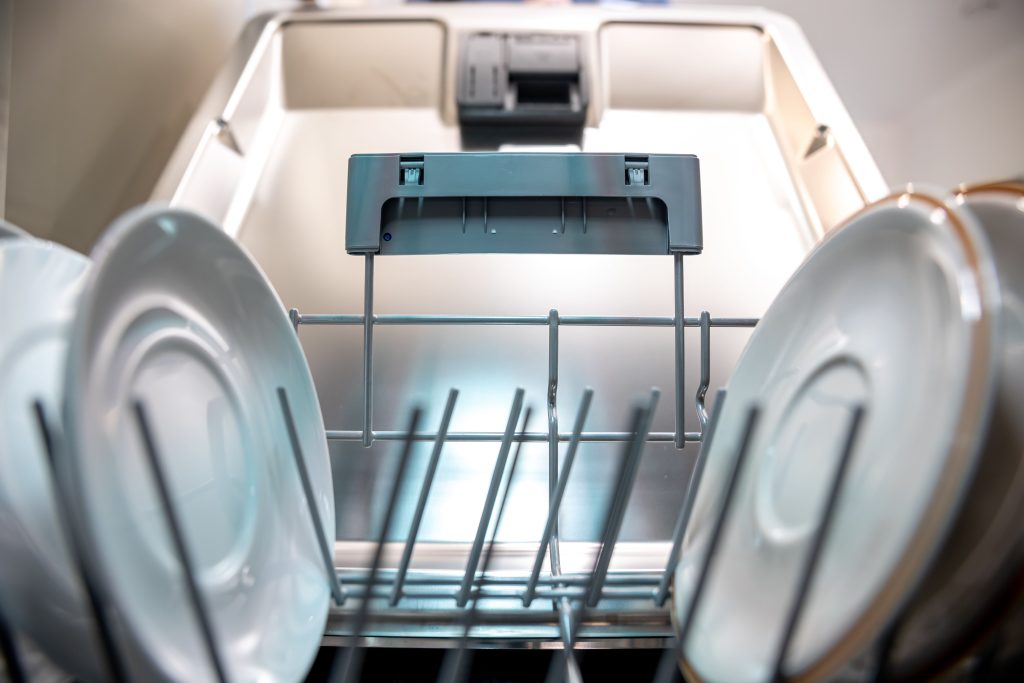
A commercial dishwasher isn’t just another appliance — it’s the heartbeat of a professional kitchen. When it decides to go silent, everything spirals: orders pile up, hygiene gets shaky, and tempers flare. Most folks panic and call a technician right off the bat. But here’s the thing — not every hiccup needs a pro with a toolbox and a service fee.
Plenty of common issues can be sorted out by someone who’s willing to get their hands a little dirty. And if you’re running a restaurant, shaving off even a few hours of downtime can make the difference between smooth service and a chaotic dinner rush.
First Things First — Figure Out What’s Actually Wrong
You can’t fix what you haven’t diagnosed. Don’t assume. Look. Listen. Test. Most issues fit neatly into a handful of categories, and they usually give themselves away if you know what to look for.
Here are the usual suspects:
– The dishwasher won’t start
Often just a dodgy door latch or a tripped circuit breaker. Check the basics.
– Dishes aren’t clean after a cycle
Could be weak water pressure, or the spray arms might be clogged with yesterday’s soup bits.
– Water’s not draining
Honestly, a lot of these problems seem worse than they are. It’s rarely about a busted part; it’s usually just buildup or user error. Getting comfortable with the equipment goes a long way in stopping panic before it starts.
Nine times out of ten, there’s something blocking the pump or filter.
A lot of these sound worse than they are. It’s usually not about parts failing — just stuff getting stuck.
Fixing It Yourself, Step-by-Step
Once you’ve got a rough idea of the issue, it’s time to stop theorizing and start fixing. Rule number one: unplug the machine before you do anything. Commercial units mean business, and the last thing you want is a shock mid-repair.
- Clean the Filters
Food gunk builds up fast. Pull the filters out, rinse thoroughly, maybe give them a quick soak if they’re greasy. A clean filter means smoother water flow and better wash quality.
- Clear the Spray Arms
If those arms are jammed with debris, your dishes will come out looking worse than when they went in. Twist them off, poke through the holes with a toothpick or pin, and flush them clean.
- Check the Drain Pump
If your machine’s turning into a bathtub, the drain pump’s likely blocked. Fish out any gunk, see if the impeller’s spinning like it should. If it’s stuck or broken, that’s your cue.
Most of the time, these three checks fix the issue. If not, then yes — dig a little deeper or consider making that service call.
Know When to Step Back
There’s DIY, and then there’s “definitely not a good idea.” Some issues are better left to people with voltage testers and insurance.
Things like:
– Electrical faults
– Control panel malfunctions
– Broken door seals or leaks that never end
If the problem smells like electricity or leaks like a cracked pipe, don’t risk it. Call in someone who knows their way around the guts of these machines.
Keep Problems From Coming Back
Maintenance isn’t glamorous, but it works. A few simple habits can keep your dishwasher humming without a fuss.
Try to:
– Run a cleaning cycle every week (yes, even dishwashers need a wash)
– Load dishes properly — cramming racks full just chokes performance
– Stay ahead of limescale; it creeps in quietly and wrecks everything
Treat the machine well, and it’ll repay you with reliability.
One Last Thing
Fixing a commercial dishwasher doesn’t require wizardry — just attention and patience. Once you’ve done it a few times, it stops being intimidating. It becomes second nature.
Start with the small stuff. Don’t cut corners on safety. And when in doubt, remember: understanding your equipment makes you more than just a kitchen owner — it makes you the kind of person who doesn’t panic when the machine stops mid-shift.
That matters.